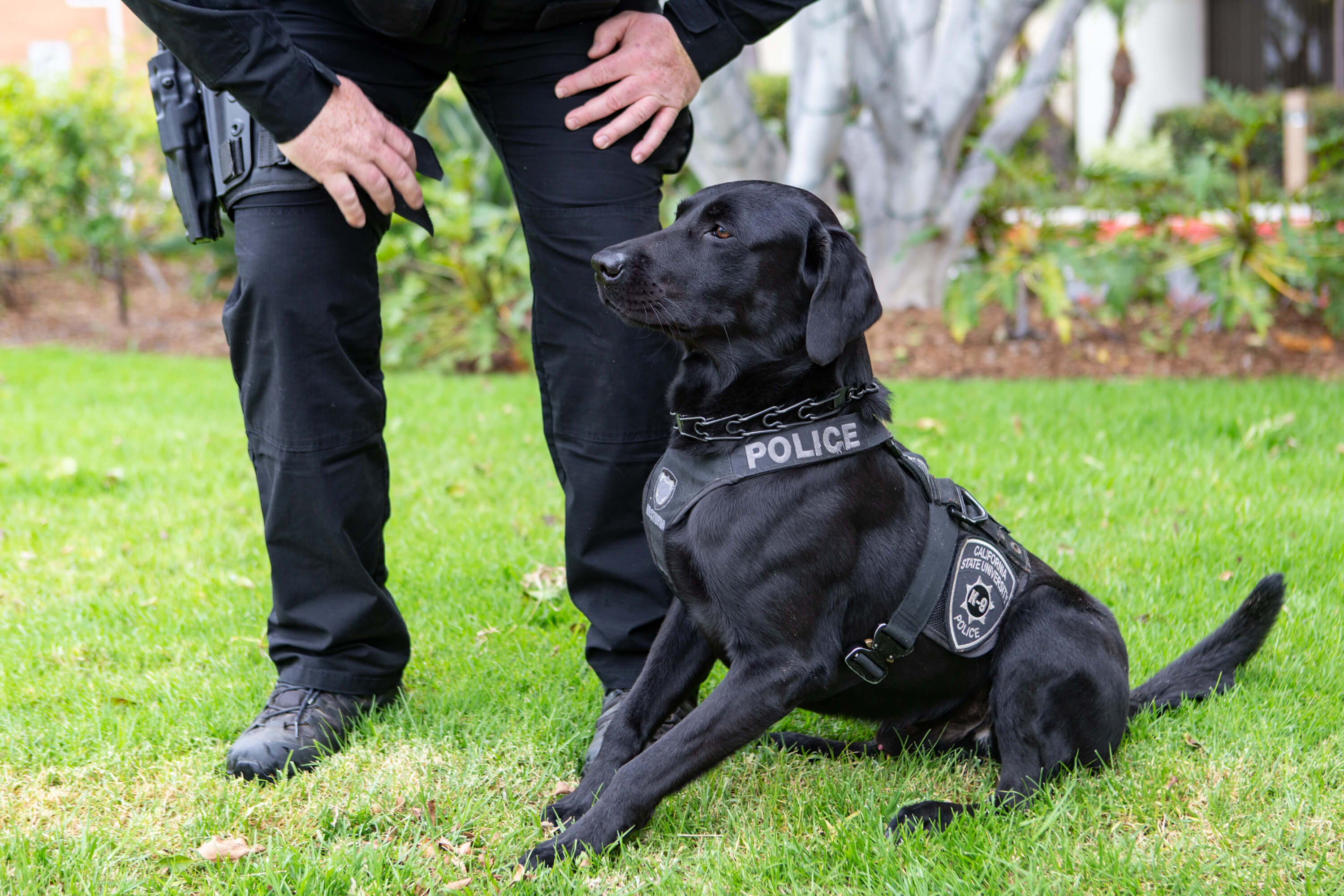In June 2020, the CSU Council of Chiefs of Police
pledged to implement recommendations from President Obama's Task Force on 21st Century Policing in response to a public outcry for police reform and accountability. Recommendations from the 21st Century Policing report are designed to help communities and law enforcement agencies build trust and collaboration while continuing to reduce crime, and are organized around six key pillars:
Building Trust and Legitimacy
Policy and Oversight
Technology and Social Media
Community Policing and Crime Reduction
Officer Training and Education
Officer Safety and Wellness
CSU police chiefs, officers and University Police Department (UPD) staff at each of the CSU's 23 campuses are committed to implementing a progressive and thoughtful approach to 21st century policing and have established six working groups to develop, execute and track actions that move departments toward that goal.
The overarching goal: Ensure CSU campuses are places where students and employees feel safe, welcome and valued. Some strategies to achieve this include improving cultural education for officers, enforcing accountability, collaborating with community leaders and engaging in the lives of campus community members beyond emergency situations.
“University police departments have a guardian philosophy," said Stanislaus State University UPD Chief and CSU Chief of Chiefs Clint Strode in a
campus announcement for the University Policing Advisory Board (UPAB) in January 2021. “Our goal is to have students, faculty and staff come here and be safe."
Renewing Trust
In an effort to increase transparency and rebuild trust with campus communities, the CSU has created a
21st Century Policing website as part of the CSU's Transparency and Accountability sites.
Campus Police and Safety Advisory Committees have also been established at each campus to review police and safety matters that affect students, faculty, staff and visitors, and to help implement community policing principles. These committees examine campuswide UPD policies and procedures in a more holistic way and recommend ways to enhance campus policing.
Police chiefs work with their campus Academic Senate, the campus' President's Office and student-led organizations to select members for the council who represent a diverse group of voices from across the university and local community.
At California State University, Bakersfield, the Police Advisory Council is comprised of the Chief Diversity Officer, two Academic Senate representatives, four student representatives, two staff members, a community member chosen by CSU Bakersfield President Lynnette Zelezny, rotating UPD members and one facilitator,
CSUB UPD Chief Marty Williamson.
“We're working to reinforce community policing strategies, and the advisory council is helping us identify ways to promote this," said Williamson.
Increasing Visibility
The CSUB council is focused on gaining a deeper understanding of the role of UPD on campus to provide informed recommendations. Council meetings shed light on officer hiring processes, training, policies and equipment. Chief Williamson even created a virtual reality experience to demonstrate what it's like to handle emergency situations.
 It's our job to reach out and build that bridge and make our campus community members feel included and valued.
It's our job to reach out and build that bridge and make our campus community members feel included and valued.
"I was most impressed to learn just how well-qualified these officers are; the number of trainings they regularly participate in and the hiring process they go through just to have the opportunity to serve in the position," said Police Advisory Council member and CSUB mental health counselor Michael Harville, Ph.D. “I would say I have a great deal more respect for them than I did before joining the council."
At the end of 2021, the council developed a handful of suggestions to improve relations between UPD and the campus community, beginning with the need for better communication of UPD actions and resources. Council members say a deeper understanding of everything UPD does will improve public perception and make students feel more welcome.
In response, CSUB police are updating their communications plans, beefing up social media outreach and working with Associated Students, Inc. (ASI) to conduct student surveys about the awareness of UPD programs and various communications. The council has also identified areas where UPD can get involved in students' lives in a positive way, like participating in events hosted by student organizations and arranging informal meet and greets.
“It's our job to reach out and build that bridge—build that trust—and make our campus community members feel included and valued," said Williamson.
Chief Williamson said he is also requiring officers to spend more of their time on foot or bike patrol, rather than in a marked car, making a concerted effort to greet students and employees and familiarize themselves with the campus community.
“Many of our students have had negative experiences with police officers in their communities, but when they come to CSUB, they have opportunities to engage with somebody in a uniform in a positive, helpful way—and maybe do some healing," said Dr. Harville.
The CSUB council continues to meet monthly and will make additional recommendations in the coming year.
Building on Prior Work
Even before Campus Police and Safety Advisory Committees were established across the system, many of these strategies already existed, with several campuses having preexisting task forces.

California State Polytechnic University, Pomona, for example, formed the
Police Advisory Task Force (PATF) at the request of President Soraya Coley, in early 2020 and
released a report last spring that outlined three key themes: Increasing officers' visibility on campus, reducing police response time and building rapport between officers and the students they serve. In fall 2021, Cal Poly Pomona held a
Campus Conversation webinar to address the themes listed in the report and announce the formation of a standing Police Advisory Board.
“This is a pivotal moment for policing, not only on our campus, but in the nation, with law enforcement agencies looking to forge stronger connections to the communities they serve and rebuild trust," President Coley said in a message to the campus community.
Learn more about how the CSU is instituting meaningful change and improvements across the university by visiting the
21st Century Policing website.